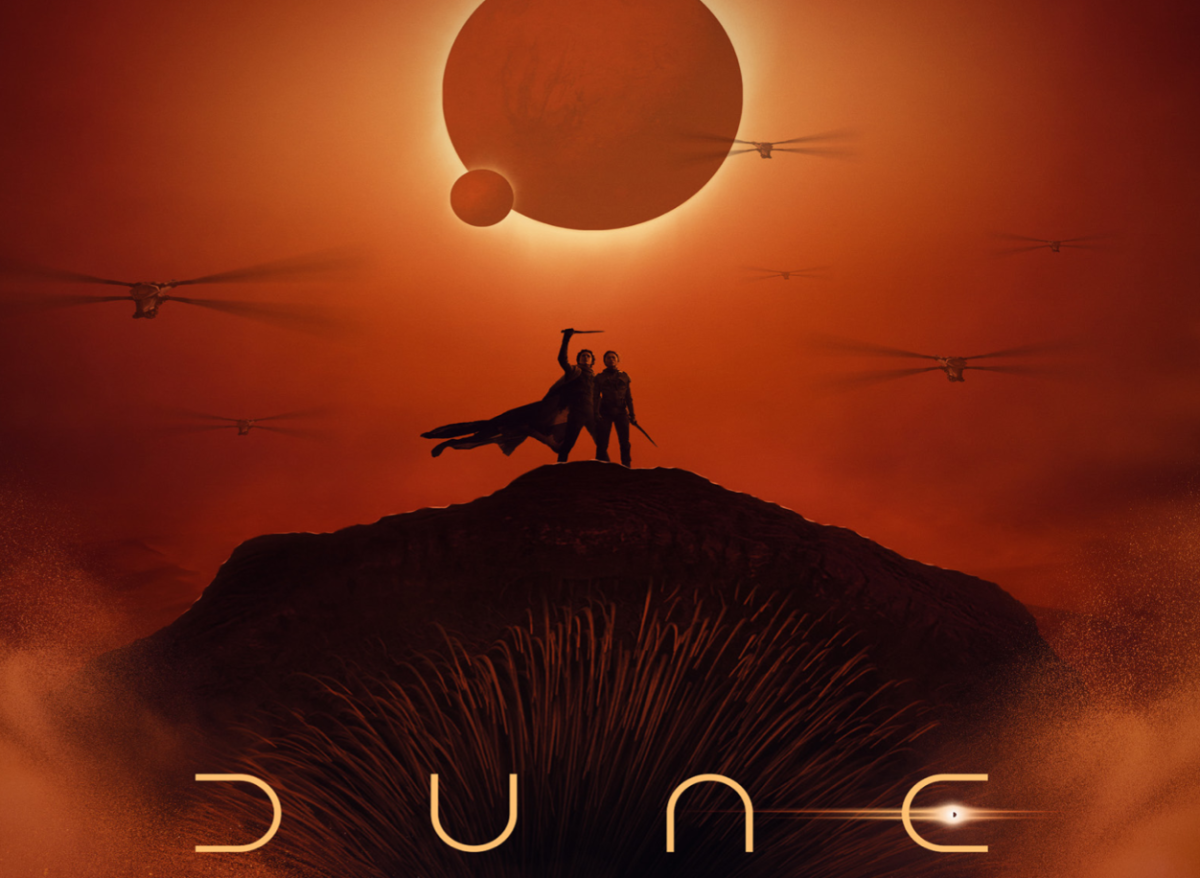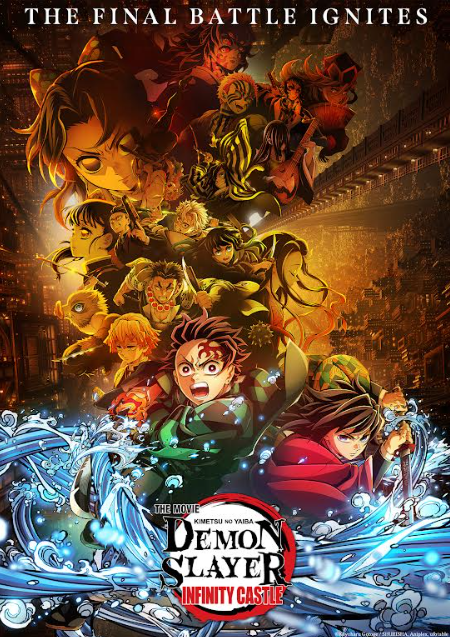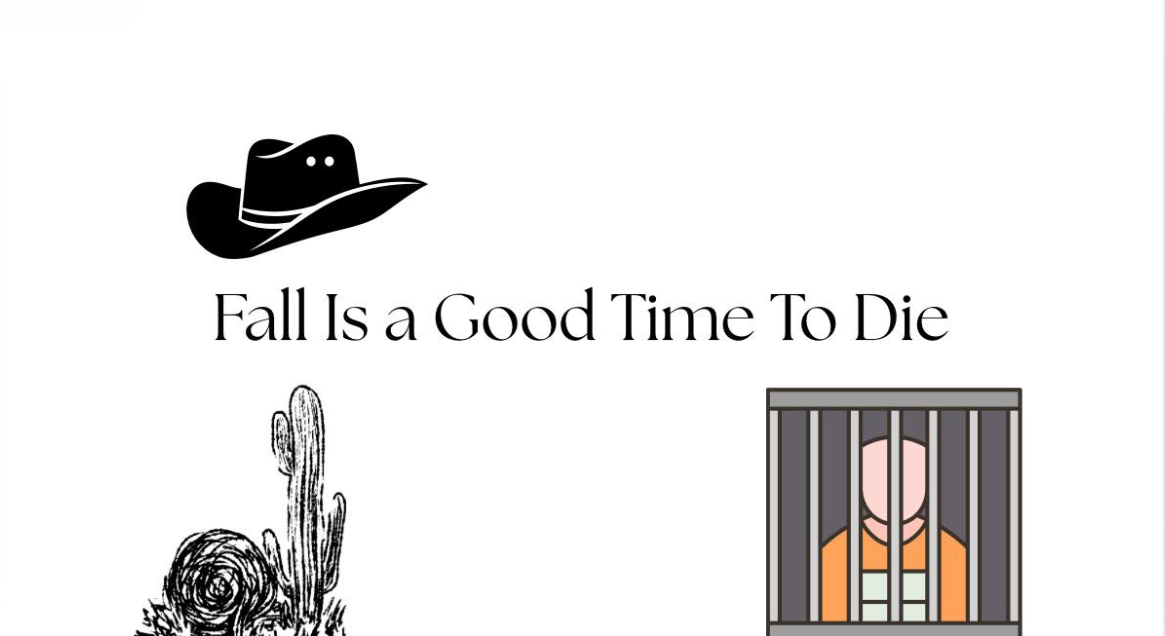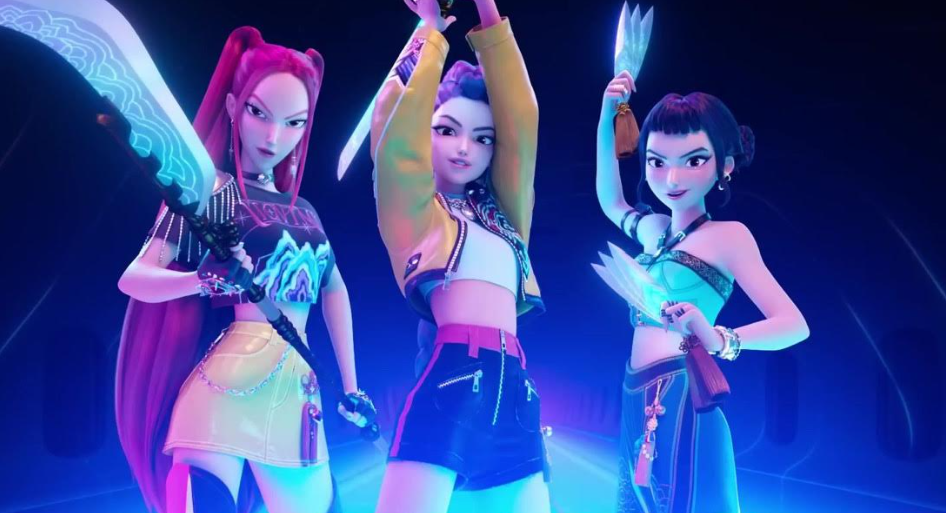Next time someone asks what a perfectly adapted science fiction movie is, give them Dune: Part Two, also known as Dune 2. The long awaited sequel of Dune (2021) has made significant marks in both the box office and future of filmmaking, with an unbeatable cast, score, and overall production.
Based on the book by Frank Herbet, Dune follows Paul Atreides, played by Timothée Chalamet, of planet Caladan and his quest to Arrakis, the home of and sole source of spice, which fuels interstellar travel. Both films were directed by Denis Villeneuve, who’s most known for Blade Runner 2049 (2017). Villeneuve is skilled in his worldbuilding for a film, which took up majoring of Dune as context for the second part.
In Dune 2, Paul and his mother, Lady Jessica, played by Rebecca Ferguson, join the Fremen, the people of Arrakis. Due to belief in a prophecy, as Paul learns the Fremen ways they begin to follow him and believe he will bring an oasis to the planet. However, to do this they must wage a holy war against the Harkonnen.
For almost three hours, Dune 2 captivated the audience through constant action and dynamic characterization. While most of the film follows Paul, at the end of the film it is clear that there are no true “heroes” or “villains” when it comes to war.
Paul’s acculturation to the Fremen way helped the audience learn more about Chani, played by Zendaya, who had limited dialogue in Dune. Chani’s daring nature was intriguing to learn about as she expanded the Fremen’s world to Paul and helped kindle their romance.
A strong positive in Dune 2 was the development of Chani, who was an easy character to connect to, adding emotion to every scene she was in.
Chani’s perspective was vital to the story, as she never believed in the prophecy, and stated she would only love Paul for as long as he stayed himself. The dialogue between the two characters were excellent foreshadowing to the fallen hero arc Paul would undergo.
Concluding the film with a closeup of Chani as she makes her escape away from Paul was an impactful choice on Villeneuve’s part, emphasizing how much Paul had changed within the film.
While the movie ended with Chani, it began with the voice of Princess Irulan, played by Florence Pugh, recording notes to herself regarding the history that was unfolding in front of her.
At the end of the film, Irulan’s importance was quickly understood when Paul threatened her father, Emperor Shaddam, played by Christopher Walken, for betraying House Atreides in Dune. Paul took the Shaddam’s throne and claimed Irulan as his wife to eliminate the threat of their bloodline.
When all clans kneeled to Paul as their new Emperor, only Irulan and Chani remained standing, except Paul’s back was to Chani, as he was only facing his future. Cinematographically, this was an excellent choice, as a single shot created tension, heartbreak, and a feeling of power created by Paul’s every move.
Chalamet’s performance was nothing short of phenomenal, as his psyche was quite literally transformed before the audience’s eyes, with influence from his Bene Gesserit powers and release of genetic memories from drinking the Water of Life. Compared to Chalamet’s most recent film, Wonka (2023), his role as Paul had much more depth and complexity that brought the character to life so well. Compared to Dune, Paul went through a darker path, similar to his performances in Beautiful Boy (2018), as he had a major internal struggle that pulled on the audience’s heartstrings.
Another key character in the film was Feyd-Rautha, played by Austin Butler, son of Baron Vladimir Harkonnen. The Harkonnen were characterized by their pale, bald skin, giving them snakish features.
The hair and makeup department had many successes, such as Lady Jessica’s religious transformation, and the battle costumes of warriors from every planet. However, Butler’s transformation was horrifyingly good. Feyd-Rautha’s psychotic persona gave the movie a chilling edge, not knowing who he would kill or what he would do next.
When Feyd-Rautha and the rest of the Harkonnen are introduced, everything is black and white. According to Villeneuve, this was shot through an infrared palette, emphasizing the brutality of the Harkonnens lifestyle. The black and white sequences against the warm tones on Arrakis create intense beauty in every scene.
Feyd-Rautha’s final fight was as champion for the Baron, against Paul. Of all the extravagant, intense fighting scenes in Dune 2, the intricate choreography emphasized the power struggle between the cousins. The reveal that they were cousins just minutes before their fight was an exciting shock to the audience.
If you haven’t read the books, Dune 2 brought many unexpected twists and introduced new characters that changed everything the audience thought they knew about Dune.
The introduction of Anya Taylor-Joy as Lady Jessica’s future daughter expanded the possibilities of the Dune cinematic universe. While Taylor-Joy’s screen time was less than a minute long, her work in The Queen’s Gambit (2020) and The Menu (2022) proves her role as Paul’s younger sister will be an exciting addition to the Atreides family. Not to mention Taylor-Joy and Chalamet have similar features, and were casted perfectly as siblings.
Bringing every character, scene, and emotion together was the score. Hans Zimmer has scored music from a romantic comedy such as The Holiday (2006) to a military action film such as Top Gun: Maverick (2022). Zimmer outdid himself again with the Dune score, which takes the audience on a spiritual journey, which quite literally feels out of this world.
Specifically, the song “Worm Ride” brought overwhelming emotion to Paul’s success. The recurring choral vocals, which has carried throughout the films, is a staple in the world of Dune and represents Paul’s strength in the film through his challenges.
With talks already happening about a Dune 3 screenplay, Villeneuve’s success is comparable to those of Star Wars or Back to the Future. Overall, every component of Dune has worked together to create a flawless sequel that leads everybody wanting more of the world of Dune.









